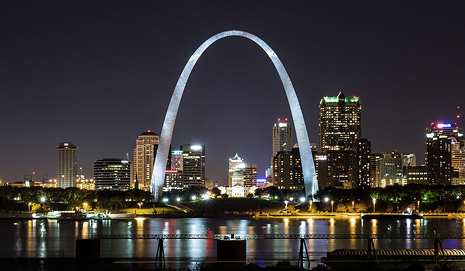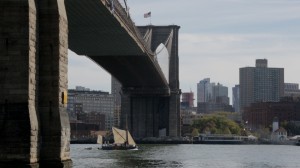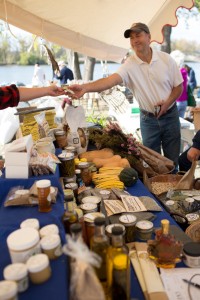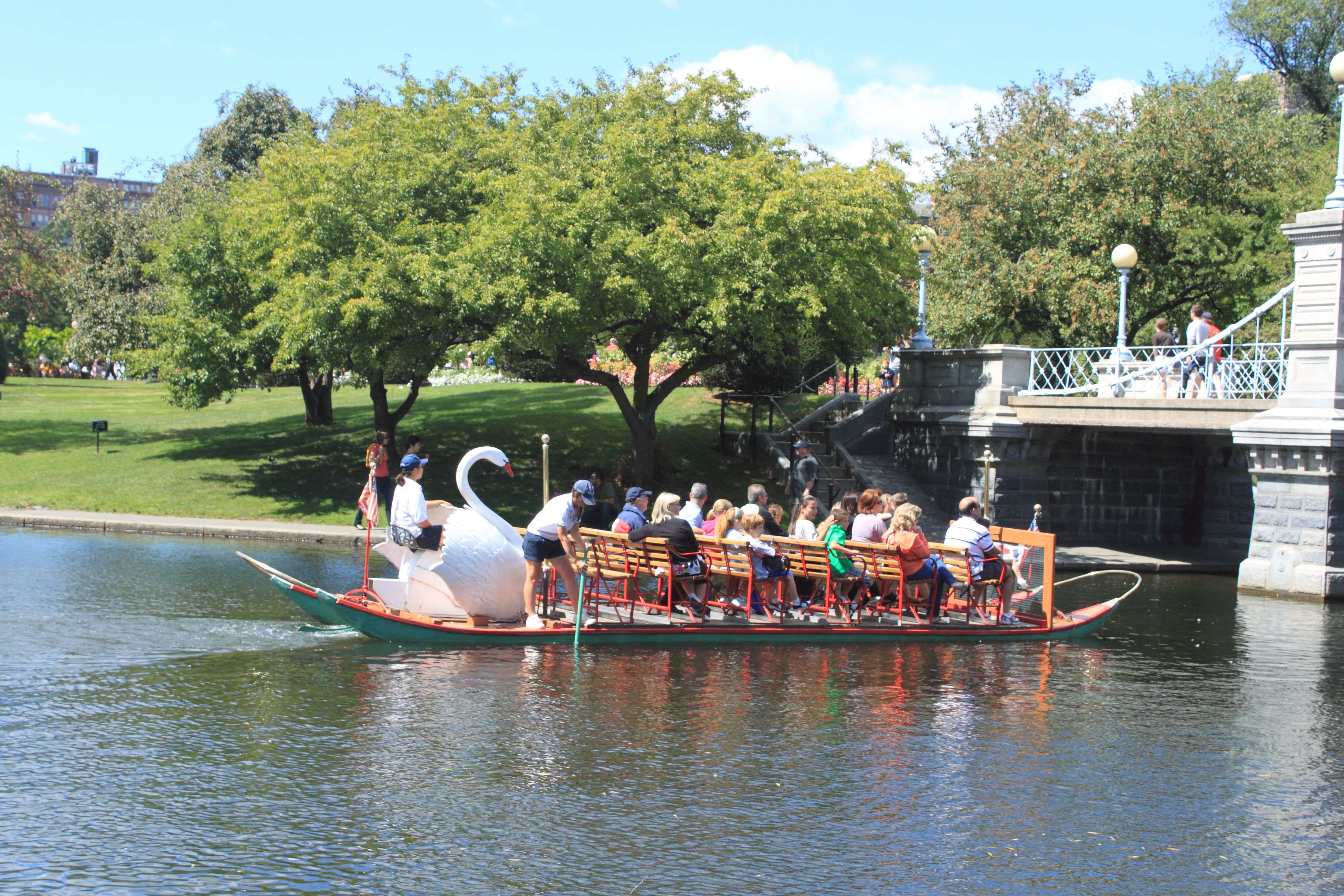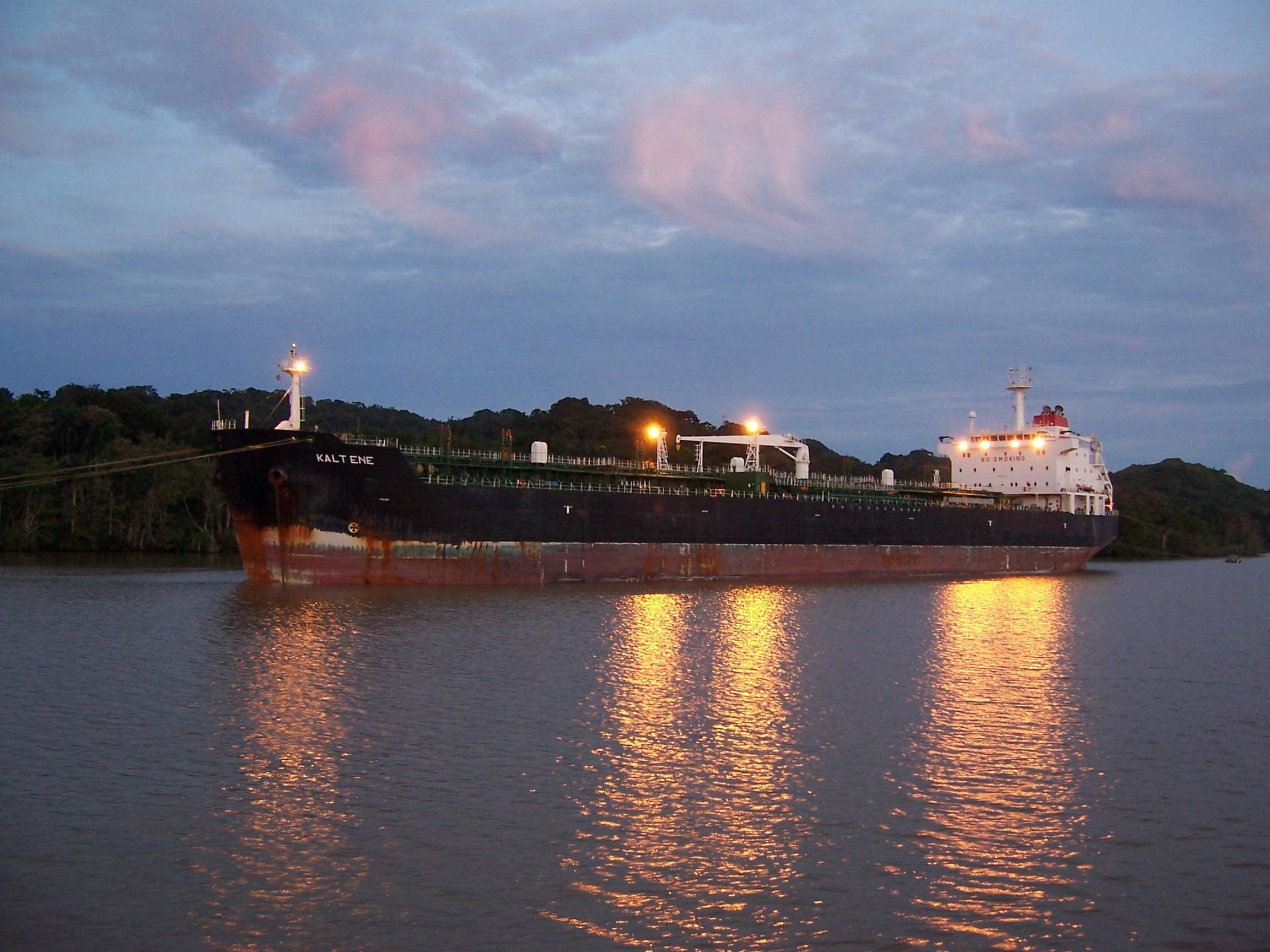
Nicaragua almost won; it was preferred until Phillipe Bunau-Varilla and William Nelson Cromwell delivered to the U.S. Congress 50 postage stamps issued by Managua proudly featuring the natural wonder of a volcano. Persuaded by apparent danger, Senator John Spooner proposed an amendment that authorized the purchase of the canal lease but switched location to an isthmus just south. Colombia owned the site: a down payment of $100 million for lease of the desirable strip, followed by $250, 000 per year thereafter, was offered, enhanced by the U.S. battleship Nashville. Colombia agreed: the Hay-Buneau-Varilla Treaty was signed, producing not just the canal agreement but also a new government for a new nation, named Panama. A flag was sewn overnight; a constitution was conveniently ready; $10 million went straight into the new treasury. On 3 November, 1903, Panama was born, a nation conceived by a canal. In 1914, the Panama Canal opened.
But in 100 years, shipping changed: some container ships grew too big to transit the waterway. In 2007, a new lane, stretching 77 km (48 miles) was dug, missing the centennial by two years, but opening on 26 June 2016. The first ship to float thru was the Andronikos, flying the flag of the Marshall Islands but owned by China Cosco Shipping Corporation: it won the honor by lottery. Wider locks, deeper channels, $6 billion dollars, labor disputes, construction delays: all these challenges were overcome. Ships with 14,000 containers can transit; before 5,000 was the limit. But nature may present a more serious issue, one that the canal cannot do without: water. A new draft limit was revised down from 12.2 meters to 11.89 (39 feet), due to drought. If the water levels rise, the draft allowance will return to the planned 15.2.
Bigger problems lurk. Ships are still growing; the latest models carry 18,000 containers — too large even for the new Panama. Will China again win the lottery? Builders of the world’s oldest, and longest, Grand Canal of China, are busy not far from Panama. Wider, deeper and longer than new Panama, a new waterway may open soon, with concern of environmentalists, and development by Hong Kong Nicaragua Canal Development Investment Group, headed by Wang Jing, granted concession in 2013 for the Grand Canal of Nicaragua.
Thanks to Ernst G. Frankel, Cherie E. Potts, and Sheila M. Turney for suggestions.
Building the World Blog by Kathleen Lusk Brooke and Zoe G Quinn is licensed under a Creative Commons Attribution-NonCommercial-NoDerivs 3.0 Unported License


